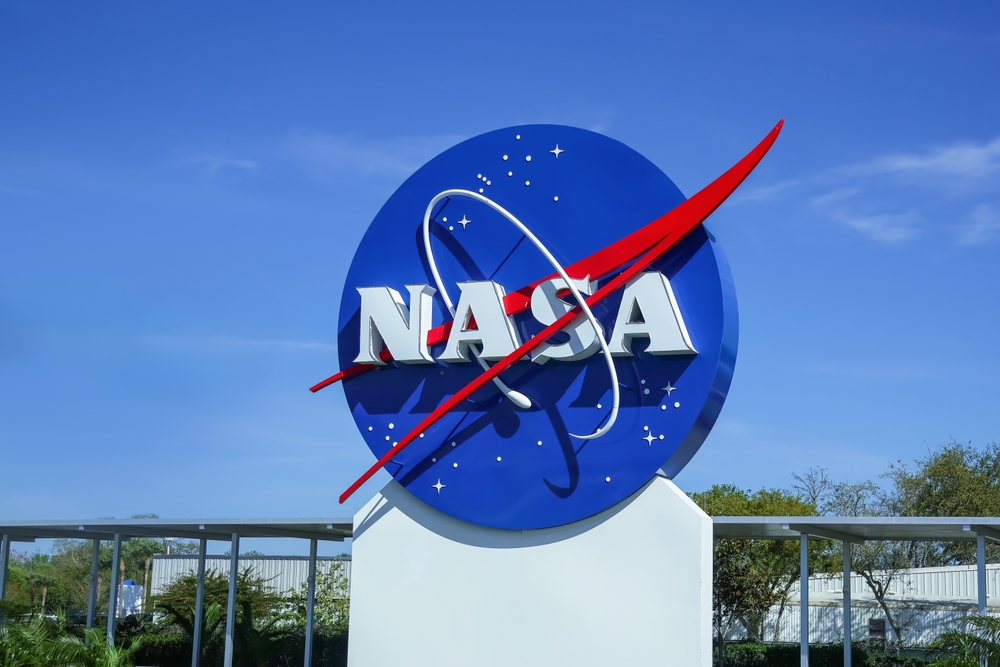Meet NASA’s newest astronaut class preparing for Moon and Mars
Others are reading now
Meet NASA’s newest astronaut class preparing for Moon and Mars
Meet NASA’s next generation of space explorers
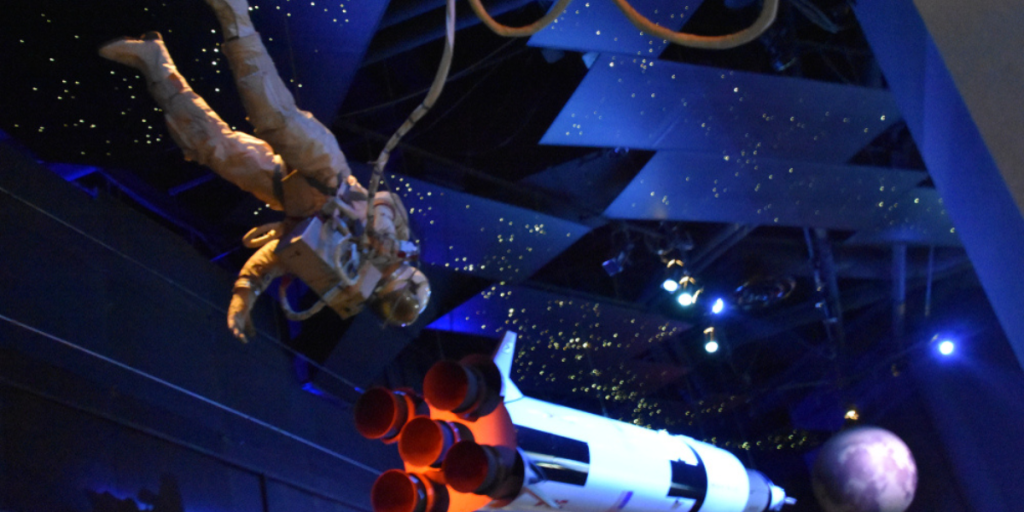
Behind every mission to the Moon, Mars, or the International Space Station is a team of astronauts who’ve undergone some of the most demanding training on Earth. NASA’s newest class of astronaut candidates, announced in September 2025, is preparing for exactly that.
These 10 individuals are now on the path to join a legacy of human exploration that reaches across Earth’s orbit and beyond.
A new class begins their journey at Johnson Space Center
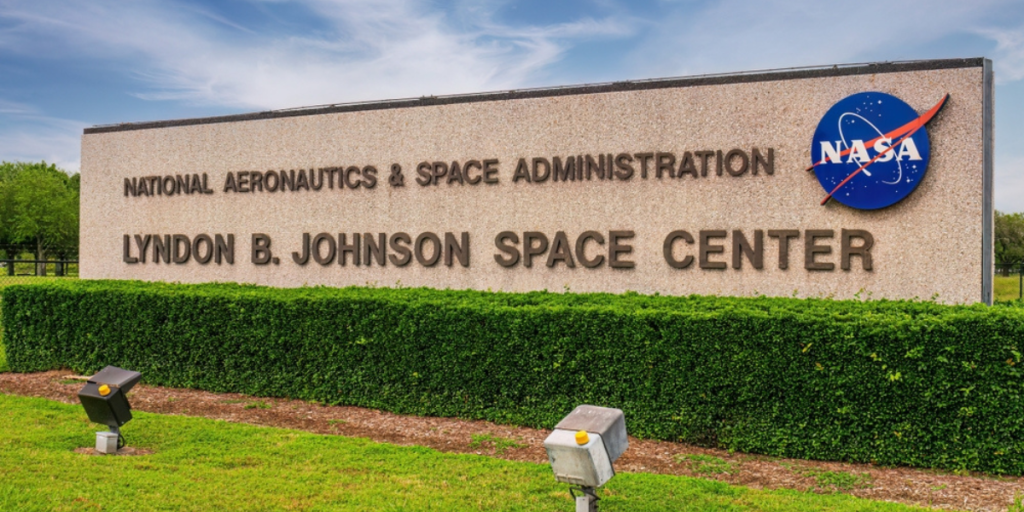
According to NASA, the latest group of astronaut candidates was introduced on September 22, 2025, during a ceremony at Johnson Space Center in Houston.
After the welcome event, they immediately began their two-year training program, preparing for missions to low Earth orbit, the Moon, and Mars. This marks the start of an intense journey toward becoming flight-eligible astronauts.
Training begins with health, history, and teamwork
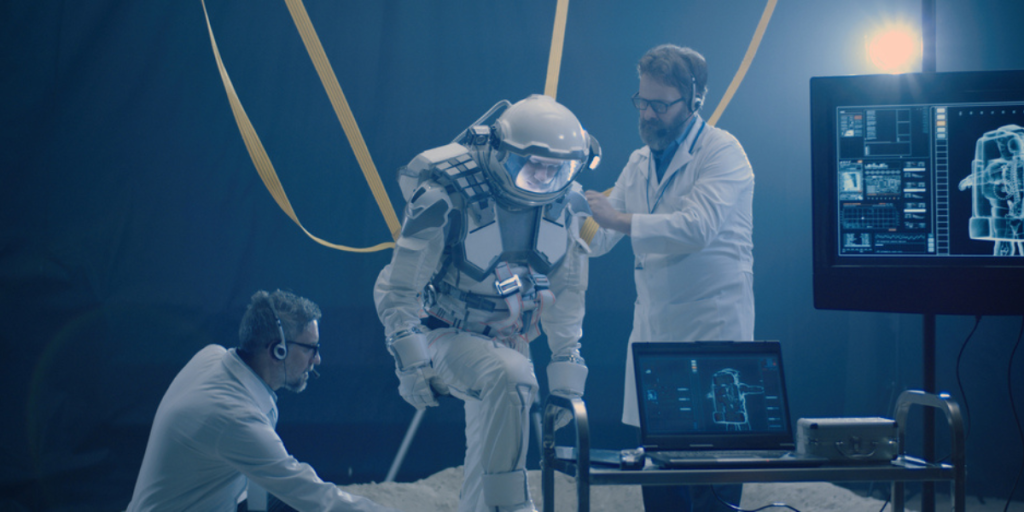
Also read
As NASA outlines, the candidates dive into spaceflight essentials: space medicine, microgravity’s impact on the body, radiation exposure, exercise routines, and more.
They learn how to maintain astronaut health, respond to medical emergencies, and understand the historical legacy and future vision of the agency. These lessons form the bedrock of every mission crew member’s readiness.
Flying high: Jet training sharpens pilot skills

NASA states that all astronaut candidates will receive aviation and flight training, using aircraft like the T-38 supersonic jet to either develop or enhance their piloting abilities.
Candidates also train mission-specific systems to improve reaction time, decision-making, and in-flight coordination—critical skills for spaceflight safety and mission success.
Spacewalks, robotics, and repairs: mastering ISS operations
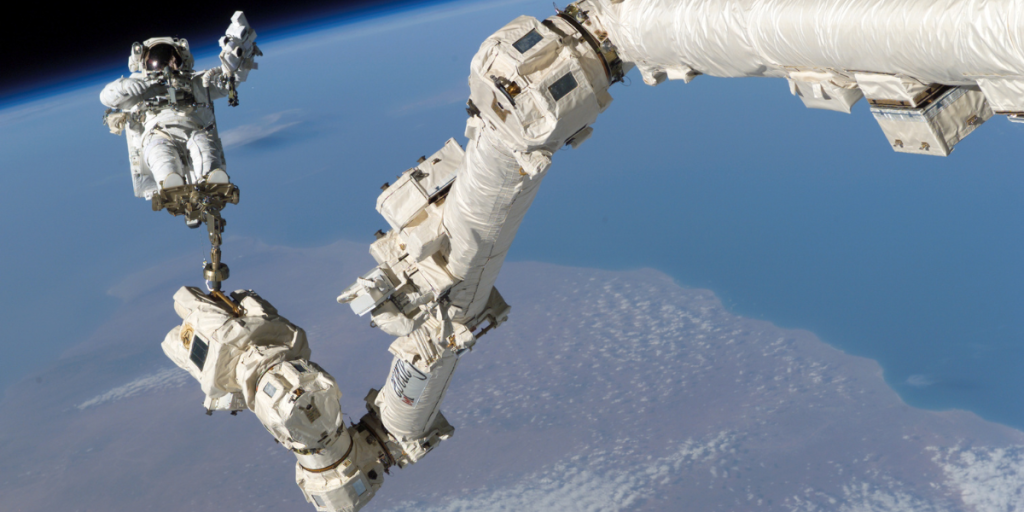
Training also includes simulated spacewalks at the Neutral Buoyancy Laboratory, where candidates practice underwater in a full-scale ISS mockup.
Also read
According to NASA, they also learn to operate Canadarm2, the station’s robotic arm, and complete lessons on spacecraft maintenance and emergency procedures—all key to supporting current and future orbital missions.
Learning on land: survival, geology, and teamwork
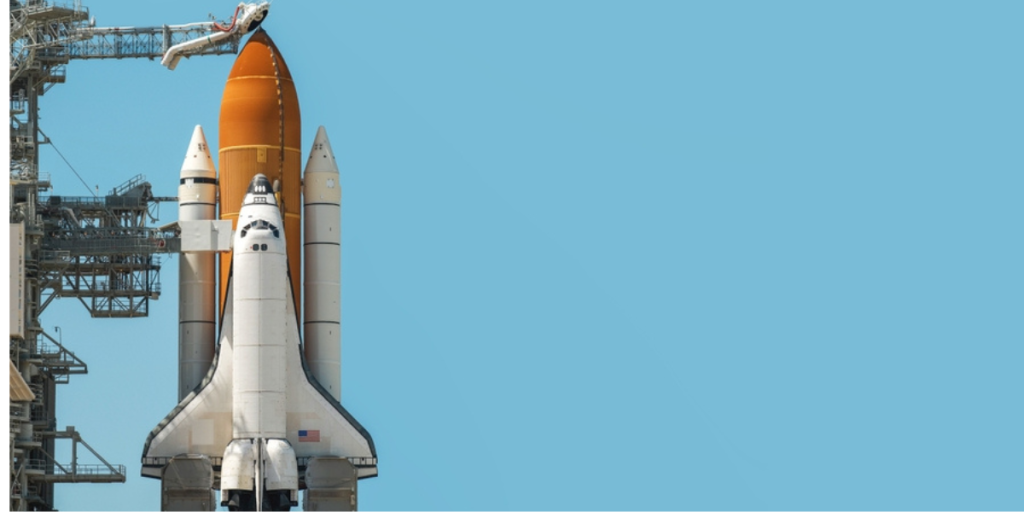
NASA highlights that astronaut candidates participate in land and water survival training, wilderness expeditions, and field geology exercises.
These challenges build both individual resilience and team cohesion. “Training was such an intense period that we got to know each other really well,” said NASA astronaut Anil Menon, reflecting on his own experience.
Inside Mission Control: understanding ground support

To deepen their understanding of the full mission lifecycle, astronaut candidates work shifts inside NASA’s Mission Control Center in Houston.
As NASA notes, this hands-on exposure helps them appreciate the coordination required to support space operations, from real-time decision-making to long-term mission planning.
Graduation and what comes next
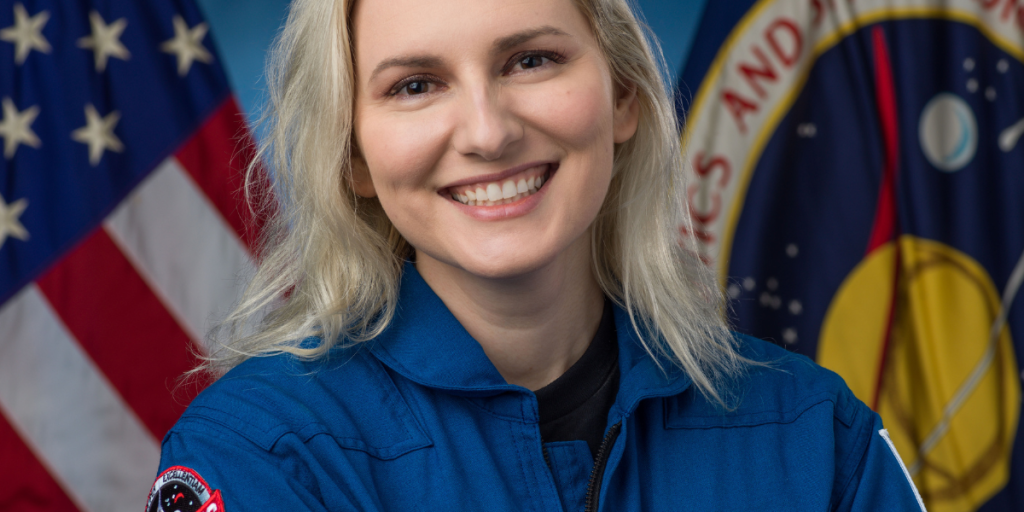
Also read
When the two-year training concludes, successful candidates are formally inducted into the NASA astronaut corps.
As NASA describes, they then take on office and ground support roles while awaiting their first flight assignment. “You have the foundational training, and you continue to build off that,” said astronaut Deniz Burnham, emphasizing that learning never stops.
From candidates to contributors
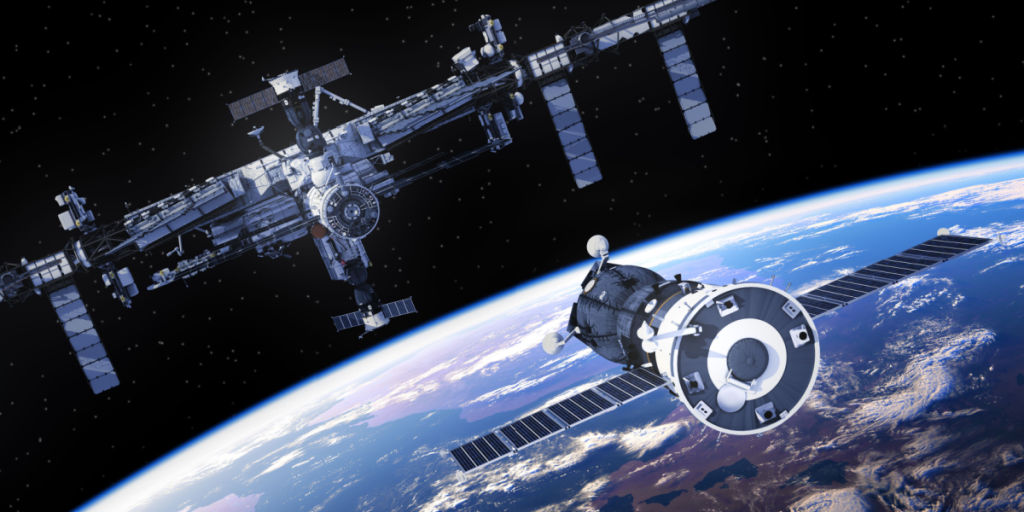
NASA’s 2025 astronaut candidates are training not just for one mission—but for many possible futures. Some will live aboard the ISS, some may set foot on the Moon, and others could help shape humanity’s first voyage to Mars.
Their shared experiences build a foundation that connects them to NASA’s past—and prepares them to lead its future.
A legacy of explorers, a future of possibilities
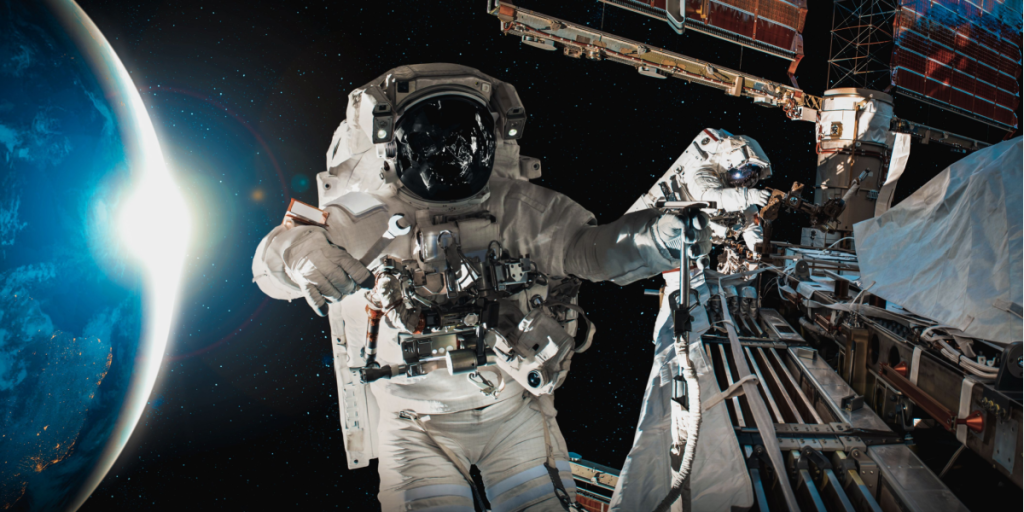
This new generation of astronauts isn’t just training to fly—they’re preparing to help define the future of human spaceflight. With cutting-edge tools, demanding physical and mental tests, and a powerful team ethic, they’re becoming part of something bigger than themselves.
Also read
The journey may be long, but it’s one that pushes the boundaries of what humans can achieve—together.
This article is made and published by August M, who may have used AI in the preparation

